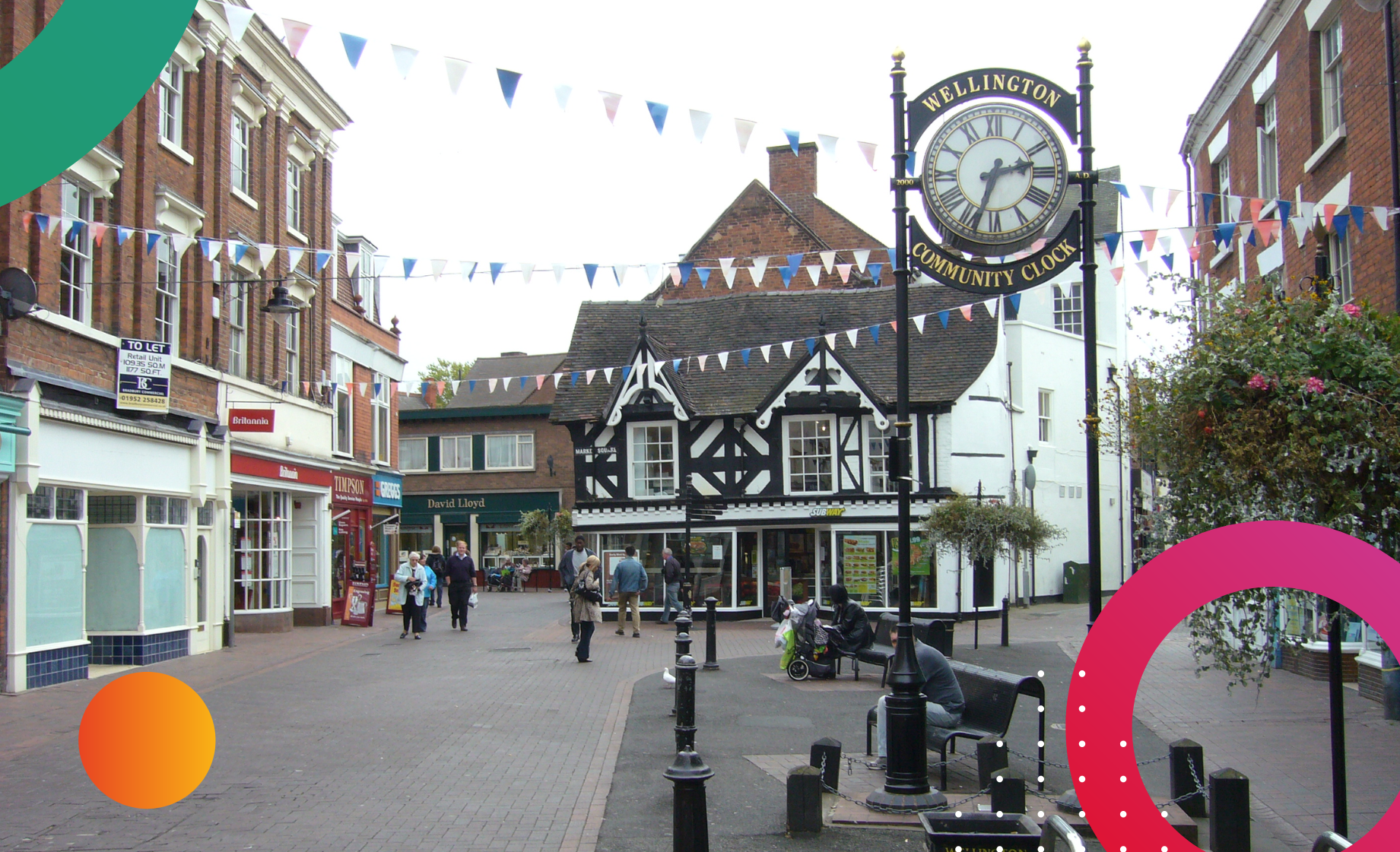Crafting Stunning Websites in Wellington

Creating a successful website goes beyond just aesthetics; it’s about crafting an experience that resonates with your audience and meets their needs at every turn.
For businesses in Wellington, a thoughtfully designed website can serve as a powerful tool, blending intuitive user experience (UX) and visually engaging user interface (UI) elements to capture and retain visitor interest. This post delves into key principles of effective web design, from responsive layouts and compelling visuals to essential SEO practices and the benefits of content management systems-all crucial components in helping Wellington businesses establish a strong, memorable online presence.
The Power of UX and UI Design for User Engagement
User experience (UX) and user interface (UI) design are critical components of any successful website. UX focuses on the overall experience a user has while interacting with your site, encompassing everything from navigation to content accessibility. A positive user experience is essential for keeping visitors engaged and encouraging them to explore your offerings further.
This means understanding your audience’s needs and preferences, which can be achieved through research and testing. By prioritising UX in your web design process, you create an environment where users feel comfortable and valued, leading to increased satisfaction and loyalty. On the other hand, UI design deals with the specific elements that users interact with on your website, such as buttons, menus, and forms.
A well-designed interface should be intuitive and visually appealing, guiding users effortlessly through their journey on your site. This involves careful consideration of layout, colour schemes, typography, and interactive elements. When both UX and UI are harmoniously integrated, they create a cohesive experience that not only attracts visitors but also encourages them to take action-whether that’s making a purchase, signing up for a newsletter, or reaching out for more information.
By investing time and resources into understanding these principles, you can significantly enhance the effectiveness of your website.
Utilising Responsive Design for Mobile Compatibility
With the increasing use of smartphones and tablets for browsing the internet, responsive design has become a necessity rather than a luxury. Responsive web design ensures that your website adapts seamlessly to various screen sizes and devices, providing an optimal viewing experience for all users. This adaptability is crucial because a significant portion of web traffic now comes from mobile devices.
If your site isn’t mobile-friendly, you risk alienating a large segment of potential customers who may struggle to navigate or engage with your content on smaller screens. Implementing responsive design involves using flexible layouts, images, and CSS media queries to create a fluid experience across devices. This means that whether someone is accessing your site from a desktop computer or a smartphone while on the go, they will have a consistent experience that meets their needs.
Additionally, search engines like Google prioritise mobile-friendly websites in their rankings, meaning that responsive design can also improve your visibility online. By ensuring that your website is accessible and functional on all devices, you not only enhance user satisfaction but also boost your chances of attracting new customers.
Incorporating Compelling Visuals and Graphics

Visual elements play a pivotal role in web design, as they can significantly influence how users perceive your brand and engage with your content. Compelling visuals-such as high-quality images, videos, infographics, and graphics-can capture attention and convey messages more effectively than text alone. When used strategically, these elements can enhance storytelling and create an emotional connection with your audience.
For instance, showcasing your products through stunning imagery can entice visitors to explore further and ultimately make a purchase. However, it’s essential to strike a balance between visuals and functionality. Overloading your website with too many graphics can lead to slow loading times and distract users from the primary message you want to convey.
Therefore, it’s crucial to select visuals that complement your content rather than overwhelm it. Additionally, optimising images for web use ensures that they load quickly without sacrificing quality. By thoughtfully incorporating visuals into your web design strategy, you can create an engaging experience that resonates with visitors and reinforces your brand identity.
Navigating the World of SEO and Website Optimisation
Search engine optimisation (SEO) is an integral aspect of web design that cannot be overlooked if you want to increase your online visibility. SEO involves various strategies aimed at improving your website’s ranking on search engine results pages (SERPs), making it easier for potential customers to find you online. This includes optimising on-page elements such as title tags, meta descriptions, headers, and content to include relevant keywords that align with what users are searching for.
By understanding the fundamentals of SEO during the web design process, you can create a site that is not only visually appealing but also search-engine friendly. Website optimisation goes hand-in-hand with SEO and encompasses various techniques aimed at improving site performance. This includes ensuring fast loading times, mobile responsiveness, and easy navigation-all factors that contribute to a positive user experience.
Search engines favor websites that provide value to users by loading quickly and offering relevant content. Therefore, investing in optimisation techniques such as image compression, caching solutions, and clean coding practices can significantly enhance both user satisfaction and search engine rankings. By prioritising SEO and optimisation in your web design strategy, you position your business for success in the competitive online marketplace.
Harnessing the Power of Content Management Systems

Easy Content Creation and Management
Platforms like WordPress offer user-friendly interfaces that enable you to effortlessly create, edit, and manage content on your website. This empowers you to take control of your online presence, reducing your reliance on web developers for every update or change.
Flexibility and Customisation
With a CMS in place, you can rapidly publish blog posts, update product listings, or modify pages as needed, ensuring your content remains fresh and relevant. Many CMS platforms come equipped with plugins and themes that enhance functionality and aesthetics without requiring coding skills.
Streamlined Website Management and Audience Engagement
This flexibility allows small businesses to adapt their websites as they grow or as market demands change. By harnessing the power of a CMS like WordPress, you not only streamline website management but also empower yourself to engage more effectively with your audience.
Showcasing Wellington’s Unique Brand and Identity through Web Design
When it comes to web design for businesses in Wellington or any specific locality, it’s essential to reflect the unique brand identity that sets you apart from competitors. Your website should serve as an extension of your brand’s personality-communicating its values, mission, and offerings clearly to visitors. This involves using consistent branding elements such as logos, colour schemes, typography, and imagery that resonate with your target audience while also reflecting the local culture and community spirit of Wellington.
Additionally, incorporating local elements into your web design can foster a sense of connection with potential customers who appreciate supporting local businesses. Whether it’s featuring images of iconic Wellington landmarks or sharing stories about community involvement on your site’s blog section, these touches can enhance relatability and trustworthiness. By showcasing Wellington’s unique brand identity through thoughtful web design choices, you not only attract local customers but also create a memorable online presence that stands out in today’s crowded digital marketplace.
If you’re interested in exploring more about web design and how it can be tailored to specific industries, you might find this article on bespoke website design quite enlightening. It delves into the importance of custom solutions in creating a website that not only meets your unique business needs but also enhances user engagement and functionality. This is particularly relevant for businesses in Wellington looking to stand out in the digital landscape.


Author: Martin Sanders
I empower businesses to connect with their customers and boost sales. Ready to take your revenue to new heights? Get in touch with me today, and let’s make it happen!


